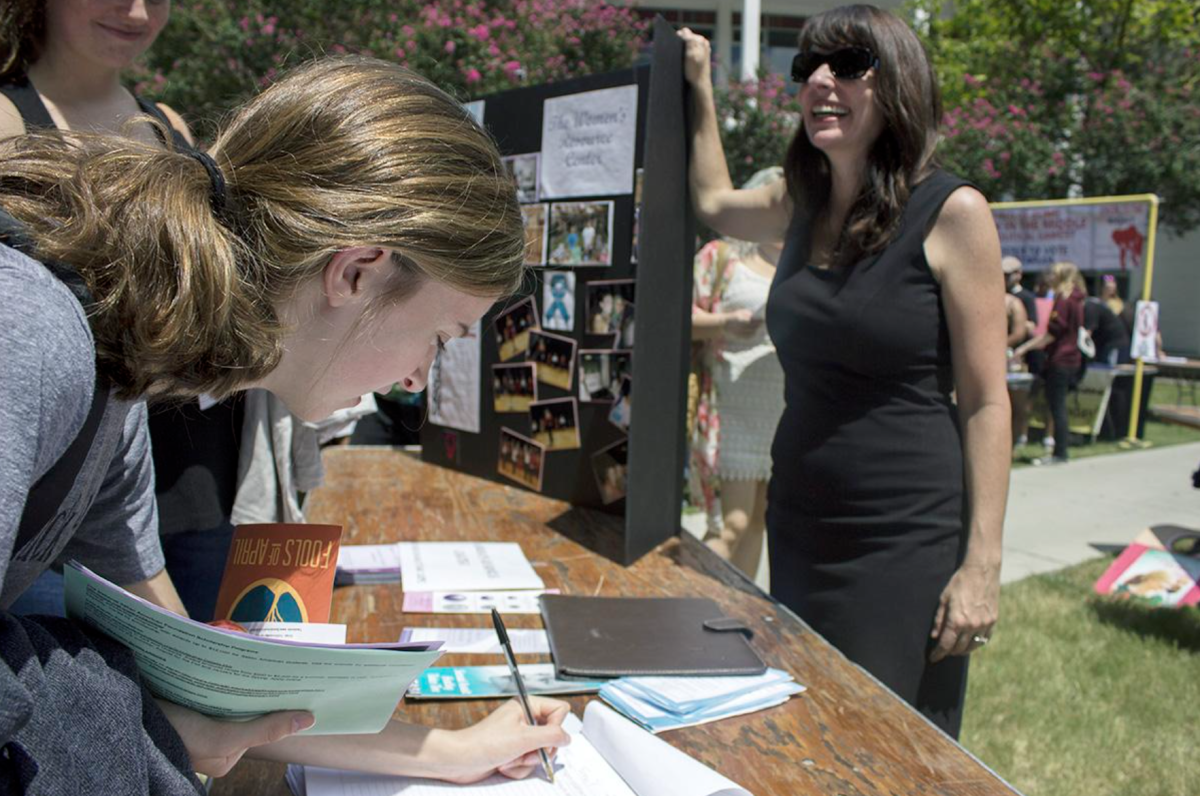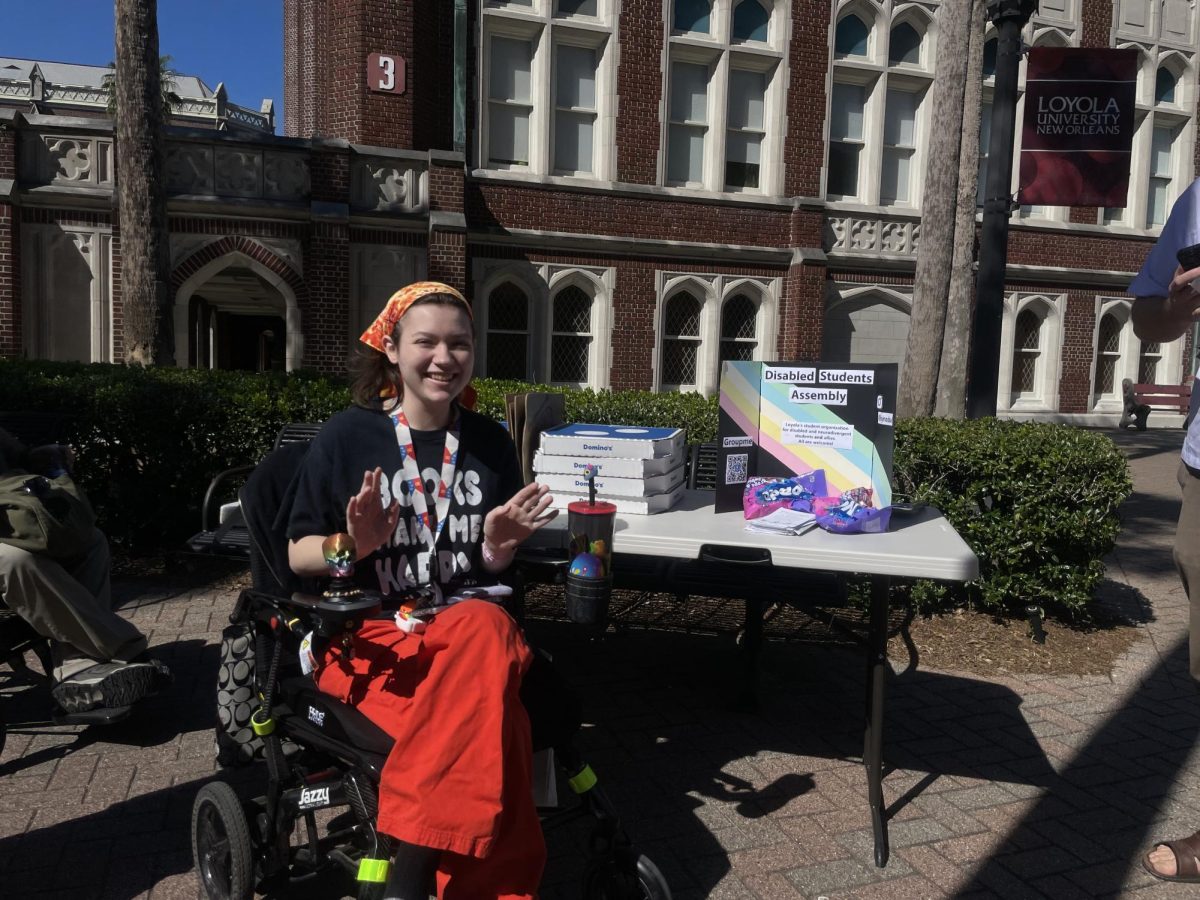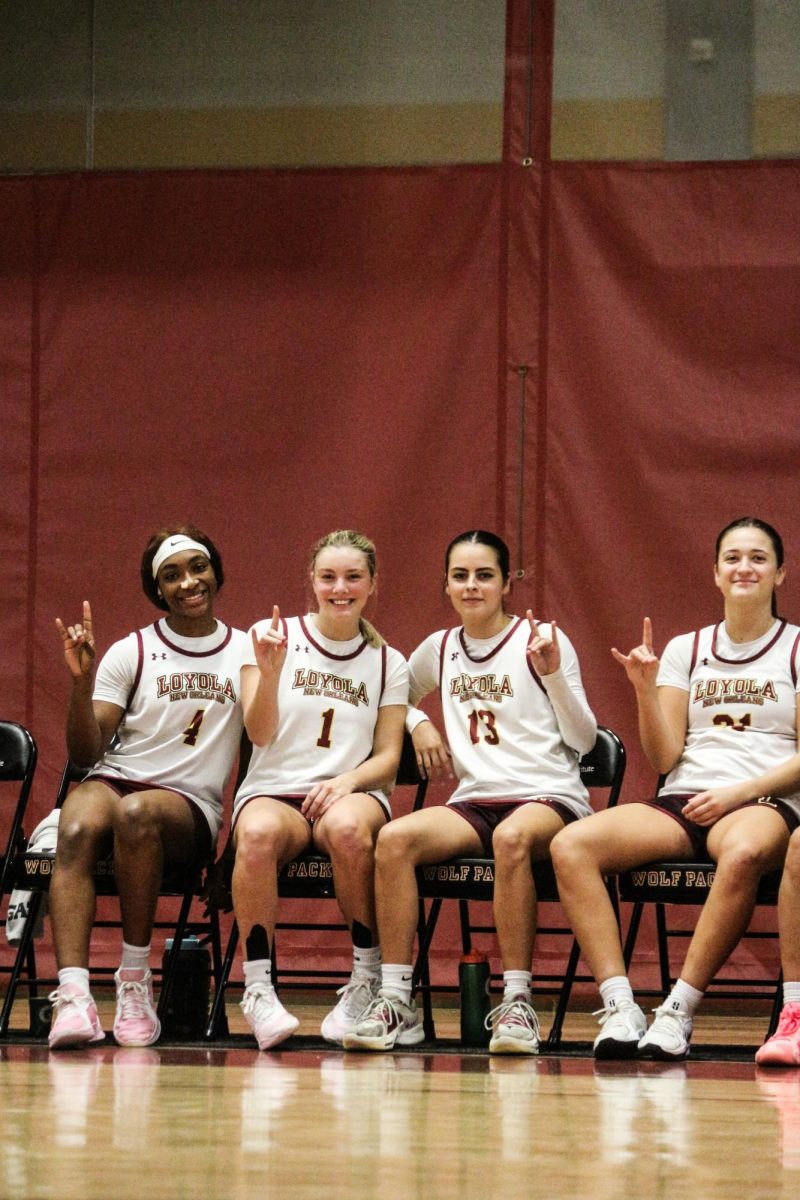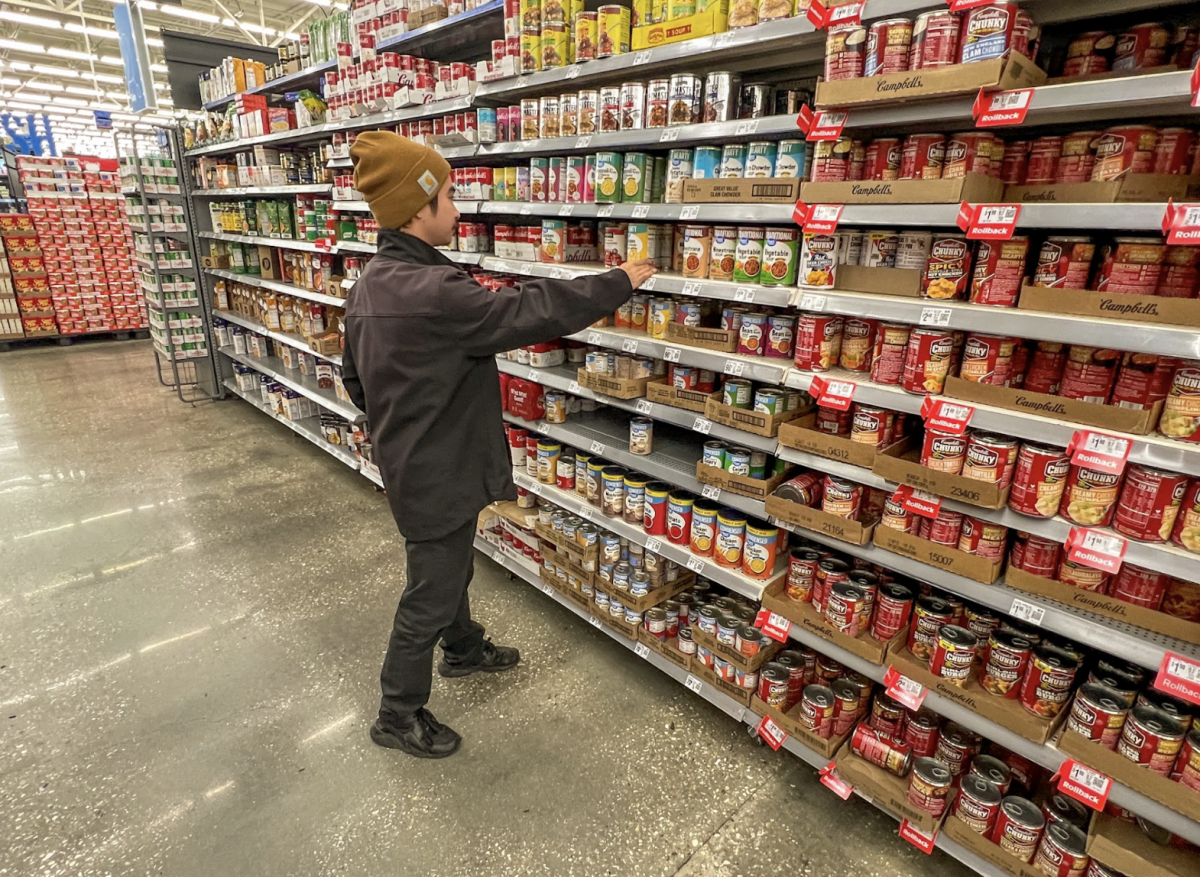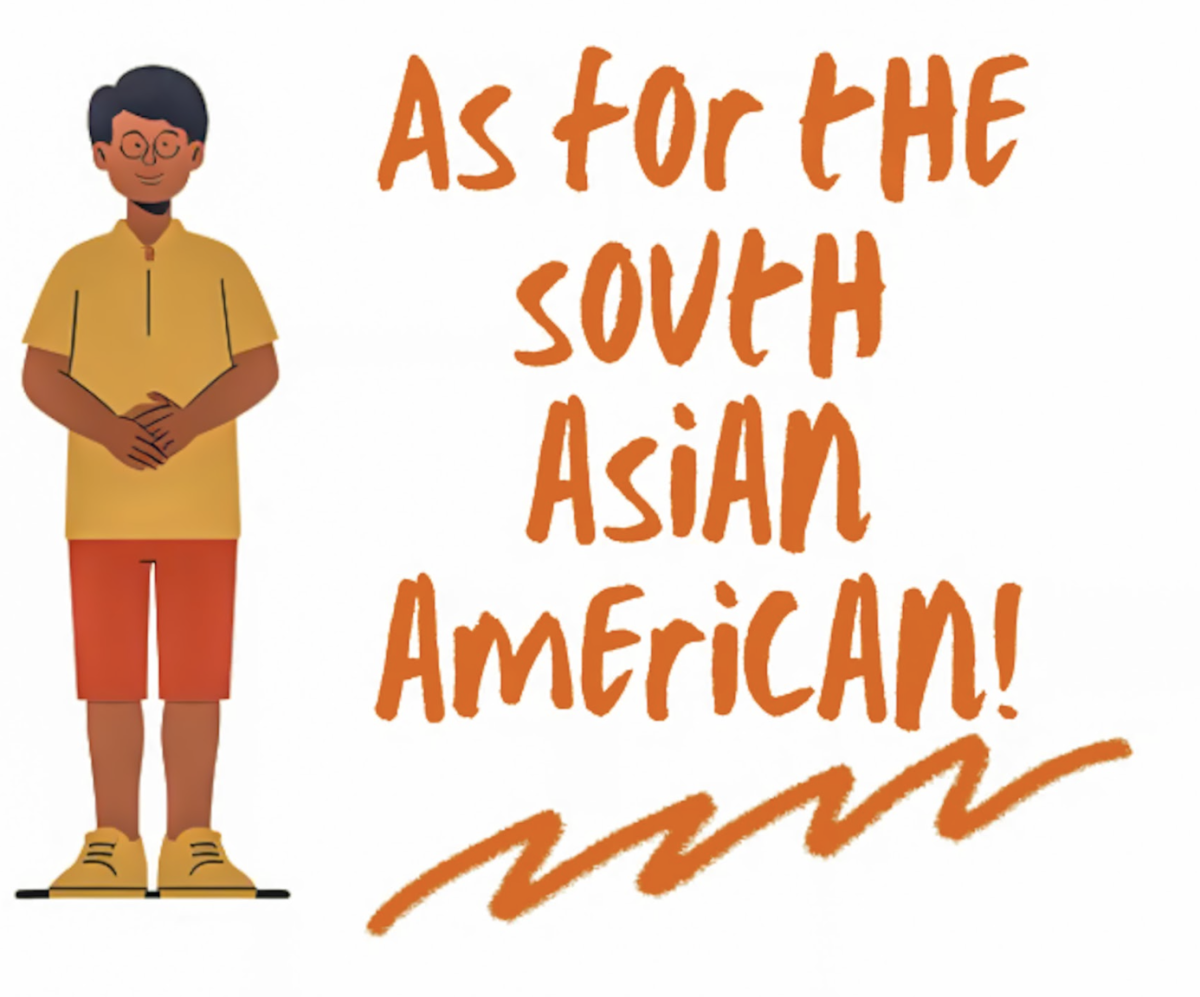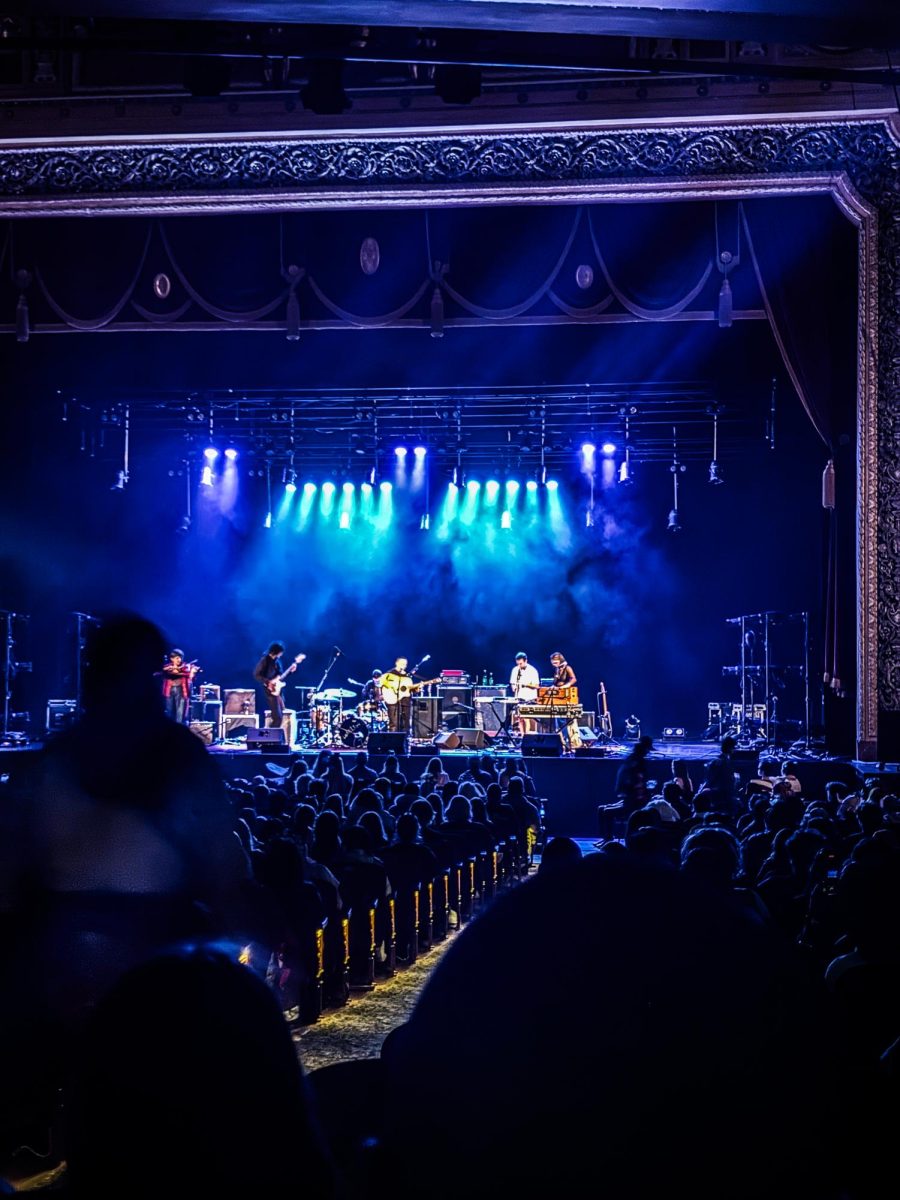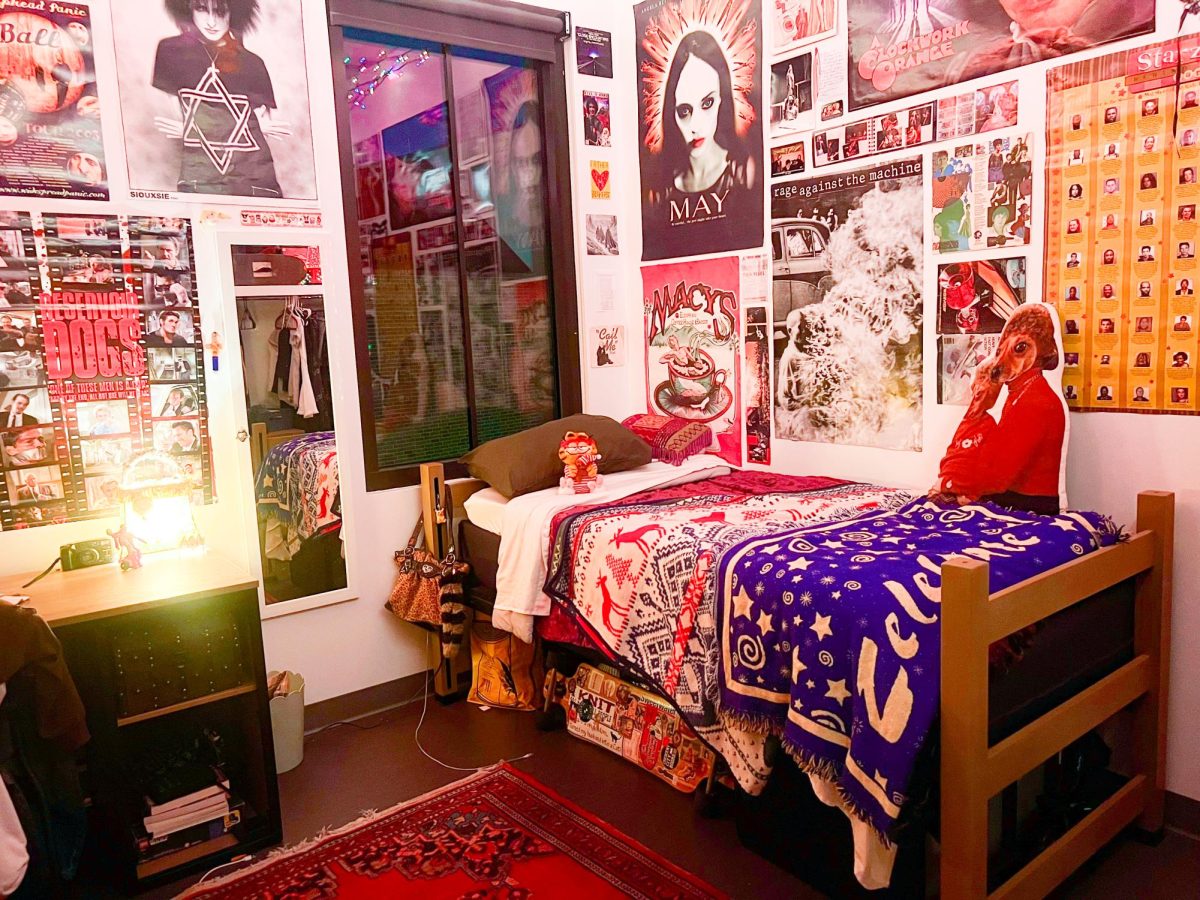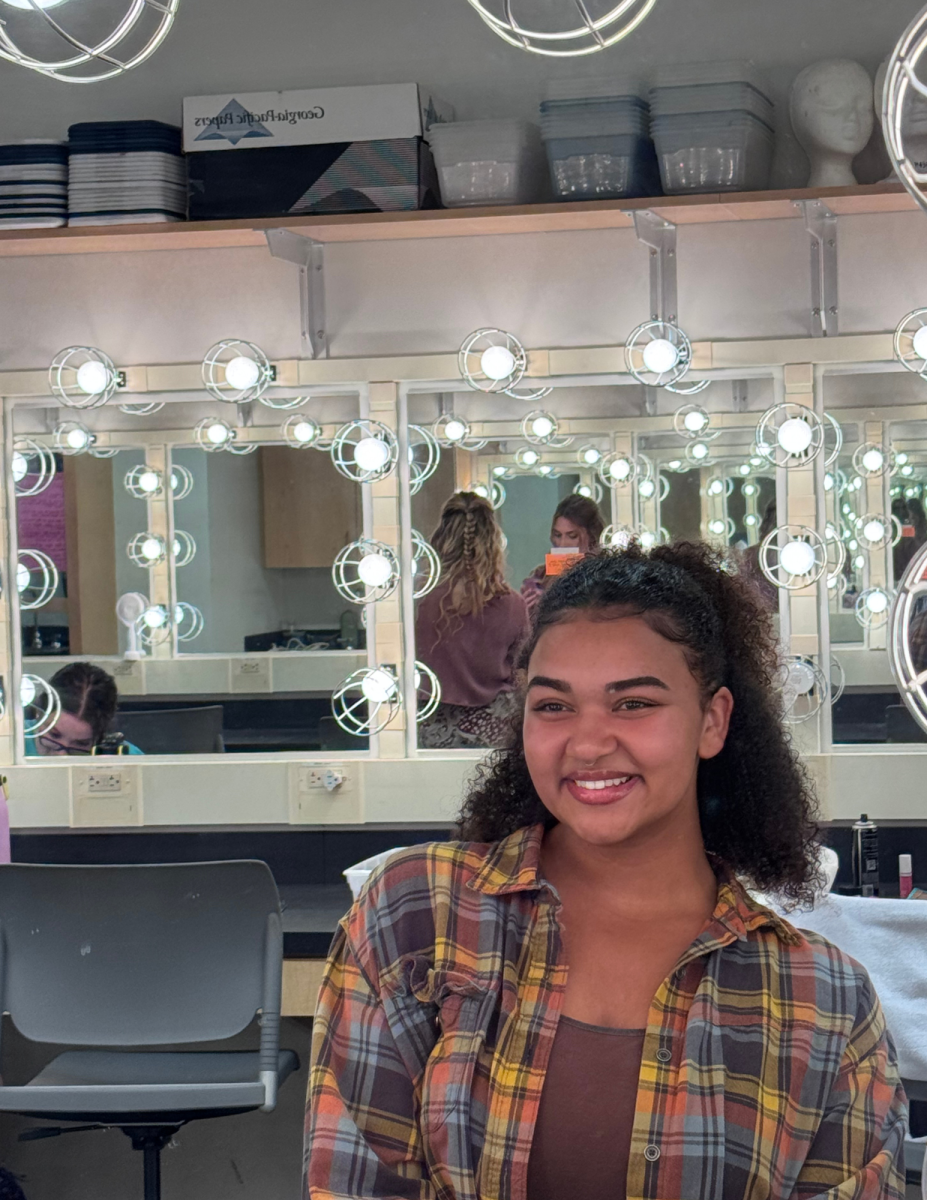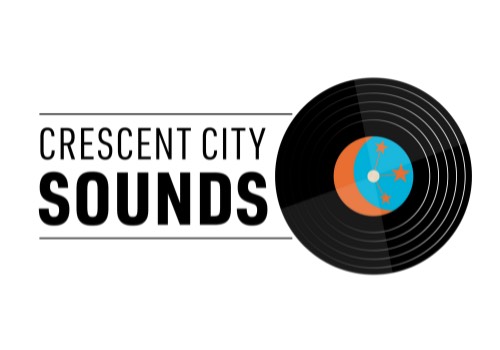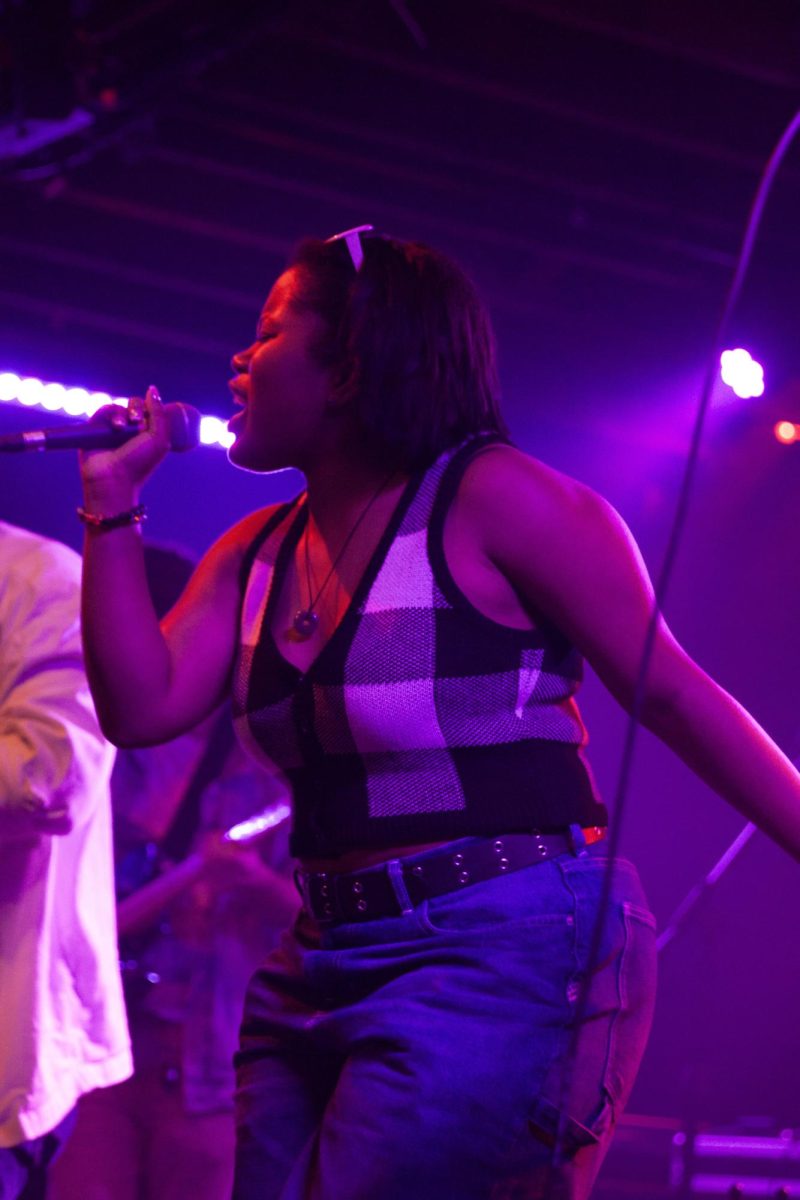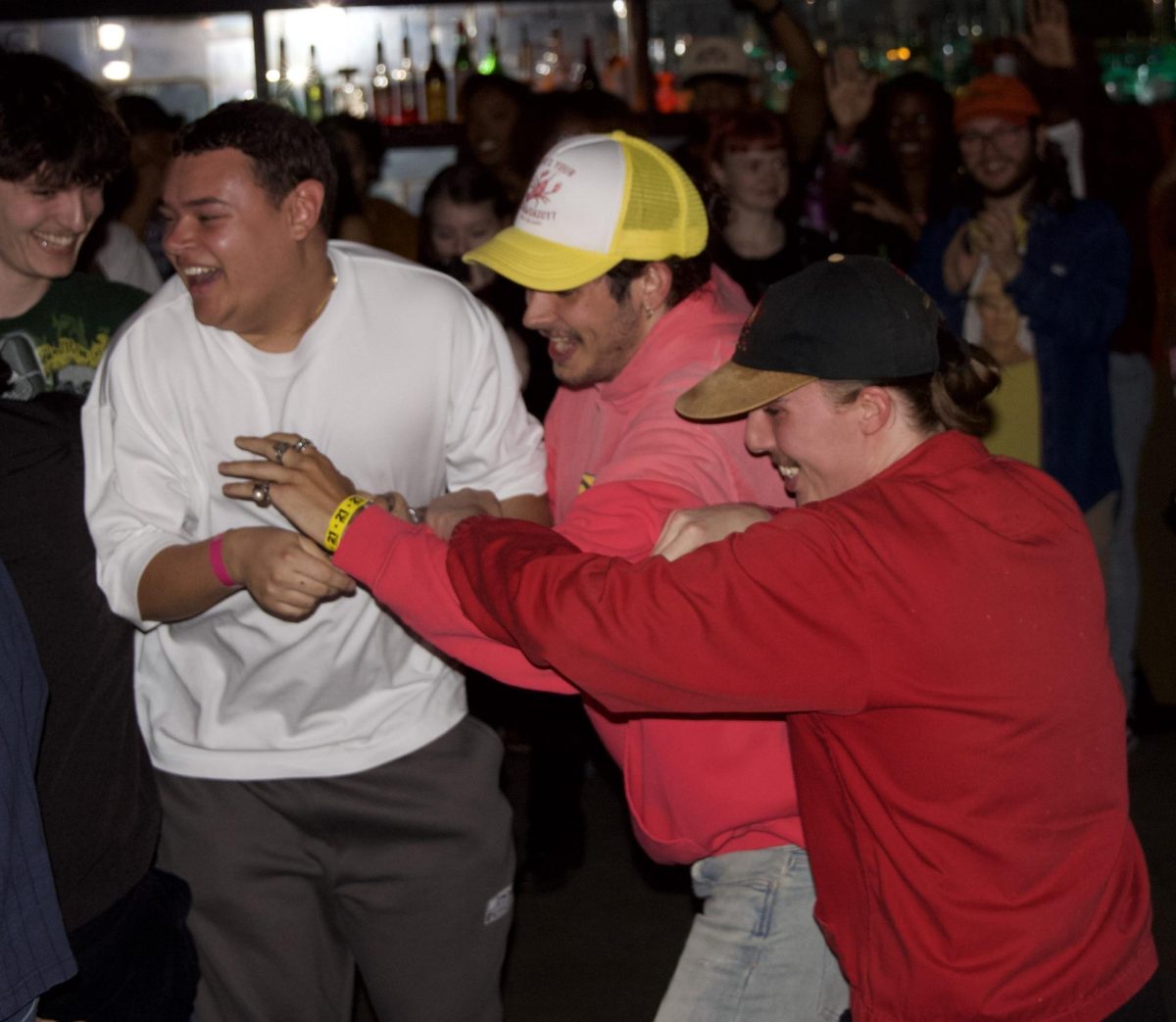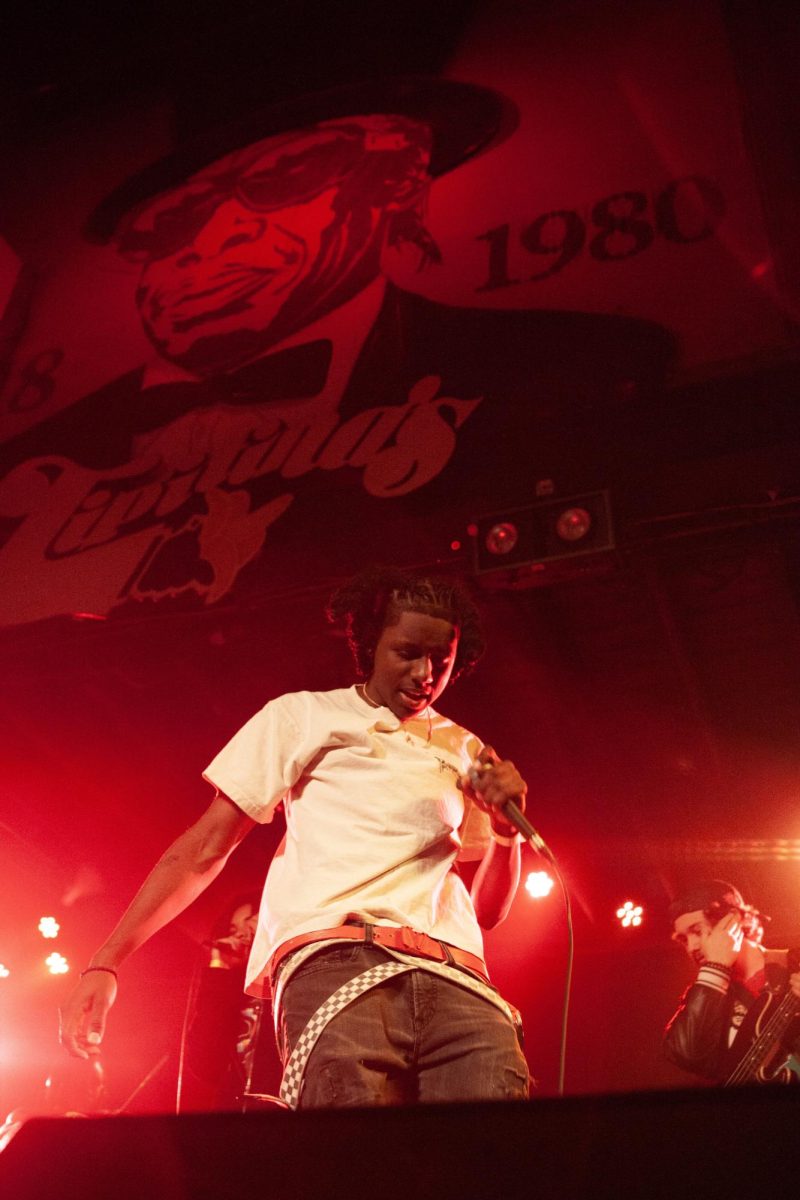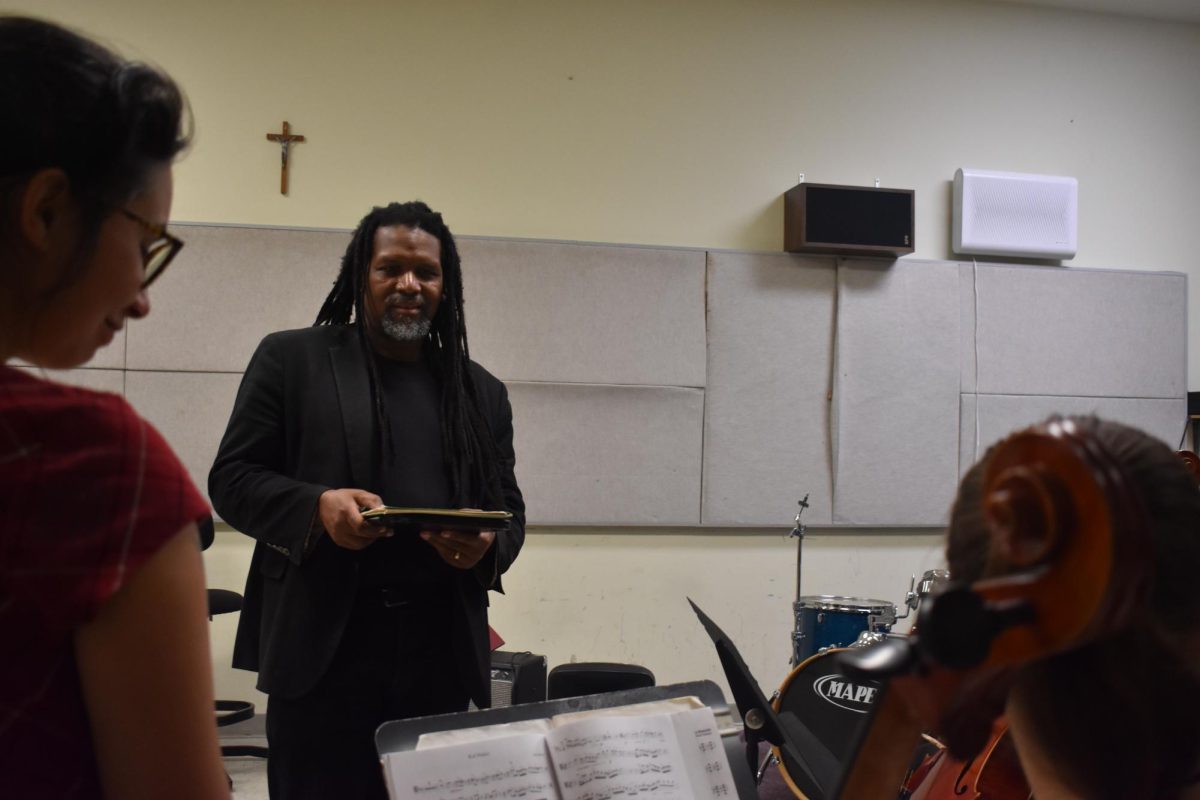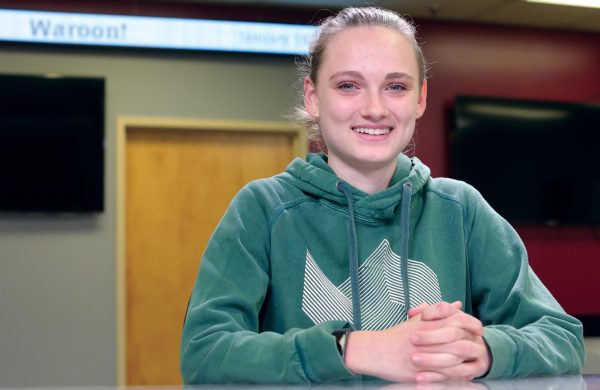Loyola is known for its music program and talented artists. However, little is known about the non-music majors taking advantage of the school’s music courses and staff.
This semester, Adam Bock, an instructor in the music and arts college directing the guitar programme, is teaching four non-music majors guitar. Before private lessons begin Bock gives “this big handout,” that asks “what the students’ abilities are, what their interests are, and it allows them to set goals for the semester.”
It’s a tool to “allow students to guide me,” Bock said.
Amy Thiaville is a violin instructor teaching music performance, music therapy, and music education. Of Thiaville’s two non-majors this semester, “one is doing violin as a secondary instrument,” while the other is resuming her education.
Non-majors come into lessons with a range of prior knowledge, some having no experience before picking up an instrument at Loyola.
“For me your major doesn’t matter—what matters is your level,” Thiaville said.
Loyola alum and current guitar instructor Taylor Counce has worked at Loyola for two years.
“A lot of students take [guitar courses] to fill their minimum twelve credits,” Counce said. They might take it because they “think guitar is easy.”
Meanwhile Paul Macres, a bass instructor, understands it as an old habit.
Macres has been a bass instructor at Loyola since 2018. Before that, when he taught bass at Tulane, nearly none of his students were music majors, despite large class sizes.
“From the age of four,” Macres says, music “is embedded in a lot of people’s routine.” “Many people are good enough for the orchestra, but they don’t have the time,” Macres observes.
Further, Thiaville says that “every person that plays a musical instrument and quits regrets it.” And those that never learn regret “that they didn’t play an instrument.” Non-majors commonly take music classes because “they want to continue.”
One such non-major is sophomore Mary Ella Hastings, a journalism major. Hastings played violin and fiddle from age six to twelve, but fell out of practice in high school. Her parents urged her not to quit, saying, “you’re going to wish you were doing this later.”
Years after dropping the violin, Hastings said with laughter that “I quit, and now here I am, and they were right.”
Currently, Hastings is practicing ‘Lightly Row’ with Thiaville, “not to be confused with Row Row, Your Boat,” Hastings said.
In remastering the violin, Hastings is training her ears to know when she’s in tune.
‘It’s coming back now,It’s slower than I thought it would have been,” Hastings said.
She said that it’s not like other string instruments with frets.,
“It doesn’t have frets, so you have to know where to put your fingers, and the slightest wrong movement puts it out of tune, so far, that’s the hardest part,”Hastings said.
Thiaville relates that when she visits high school orchestra classes and asks “how many students want to major in music—-maybe two raise their hands.” However, when she adjusts her question and asks “who wants to continue playing music, nearly everyone raises their hands.”
Putting it another way, Macres says “we’re geeks and we stick with our kind.”



